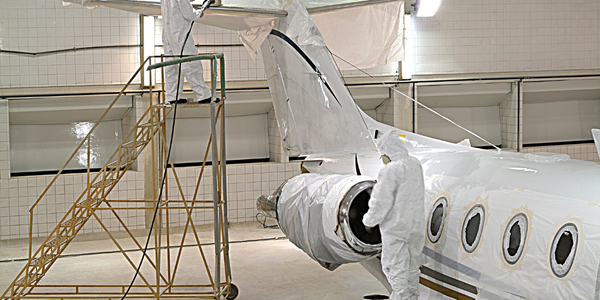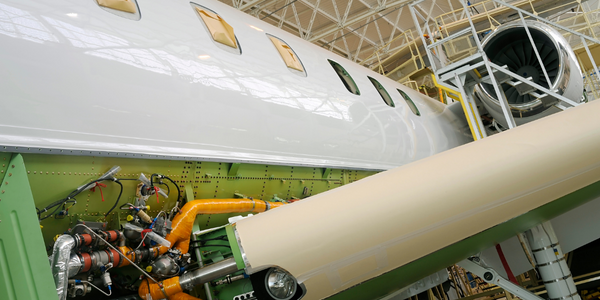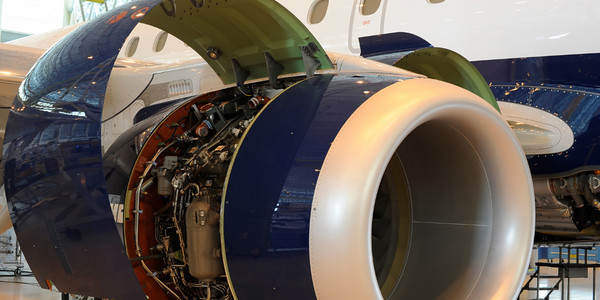技术
- 应用基础设施与中间件 - 中间件、SDK 和库
- 功能应用 - 制造执行系统 (MES)
适用行业
- 航天
- 水泥
适用功能
- 采购
- 产品研发
用例
- 添加剂制造
- 库存管理
关于客户
GE 航空集团是航空航天和国防行业的领先供应商,拥有 48,000 名员工,收入达 102 亿美元。该公司制定了公司范围内的愿景,以推进最先进的产品成本管理技术。他们的目标是建立一种商业文化,让每个人都关注产品成本并拥有这样做的工具。然而,他们面临着成本数据和部门孤岛方面的挑战。他们需要一个能够整合和简化成本数据、打破孤岛并为产品生命周期的不同阶段提供正确的成本估算工具的解决方案。
挑战
GE 航空集团是航空航天和国防行业的领先供应商,旨在推进其产品成本管理技术。该公司希望建立一种商业文化,让每个人都关注产品成本,并拥有实现这一目标的工具。然而,他们在成本数据方面面临挑战。数据可用,但隐藏在不同且离散的系统中,使用户难以访问和利用正确的信息。此外,该公司还与部门和组织孤岛作斗争,这导致了相互关联的交接和相互依赖,从而耗费了宝贵的时间和金钱。该公司需要一种解决方案来整合和简化成本数据、打破孤岛,并为产品生命周期的不同阶段提供正确的成本估算工具。
解决方案
GE 航空集团求助 aPriori 为其一半以上的产品构建产品成本模型,以实现产品成本核算的自动化。第一步是创建一个数据湖,将所有不同的信息汇集在一起并可供整个团队访问。然后,他们将数据拼接在一起并发布数据集,以便数据可以在湖中使用。数据清理和来源也是其流程的关键要素。为了打破部门孤岛,GE 创建了一种围绕产品成本管理的文化,其中包括来自设计工程、商品采购员、制造工程师和成本分析师的代表。他们还实施了自动化审批流程,使领域专家能够在继续进行之前通过对设计、数据和成本的批准。安全协议也已到位,以确保其国防和商业项目的安全。
运营影响
数量效益

Case Study missing?
Start adding your own!
Register with your work email and create a new case study profile for your business.
相关案例.

Case Study
System 800xA at Indian Cement Plants
Chettinad Cement recognized that further efficiencies could be achieved in its cement manufacturing process. It looked to investing in comprehensive operational and control technologies to manage and derive productivity and energy efficiency gains from the assets on Line 2, their second plant in India.

Case Study
Airbus Soars with Wearable Technology
Building an Airbus aircraft involves complex manufacturing processes consisting of thousands of moving parts. Speed and accuracy are critical to business and competitive advantage. Improvements in both would have high impact on Airbus’ bottom line. Airbus wanted to help operators reduce the complexity of assembling cabin seats and decrease the time required to complete this task.

Case Study
Aircraft Predictive Maintenance and Workflow Optimization
First, aircraft manufacturer have trouble monitoring the health of aircraft systems with health prognostics and deliver predictive maintenance insights. Second, aircraft manufacturer wants a solution that can provide an in-context advisory and align job assignments to match technician experience and expertise.

Case Study
Aerospace & Defense Case Study Airbus
For the development of its new wide-body aircraft, Airbus needed to ensure quality and consistency across all internal and external stakeholders. Airbus had many challenges including a very aggressive development schedule and the need to ramp up production quickly to satisfy their delivery commitments. The lack of communication extended design time and introduced errors that drove up costs.

Case Study
Accelerate Production for Spirit AeroSystems
The manufacture and assembly of massive fuselage assemblies and other large structures generates a river of data. In fact, the bill of materials for a single fuselage alone can be millions of rows of data. In-house production processes and testing, as well as other manufacturers and customers created data flows that overwhelmed previous processes and information systems. Spirit’s customer base had grown substantially since their 2005 divestiture from Boeing, resulting in a $41 billion backlog of orders to fill. To address this backlog, meet increased customer demands and minimize additional capital investment, the company needed a way to improve throughput in the existing operational footprint. Spirit had a requirement from customers to increase fuselage production by 30%. To accomplish this goal, Spirit needed real-time information on its value chain and workflow. However, the two terabytes of data being pulled from their SAP ECC was unmanageable and overloaded their business warehouse. It had become time-consuming and difficult to pull aggregate data, disaggregate it for the needed information and then reassemble to create a report. During the 6-8 hours it took to build a report, another work shift (they run three per day) would have already taken place, thus the report content was out-of-date before it was ever delivered. As a result, supervisors often had to rely on manual efforts to provide charts, reports and analysis.








